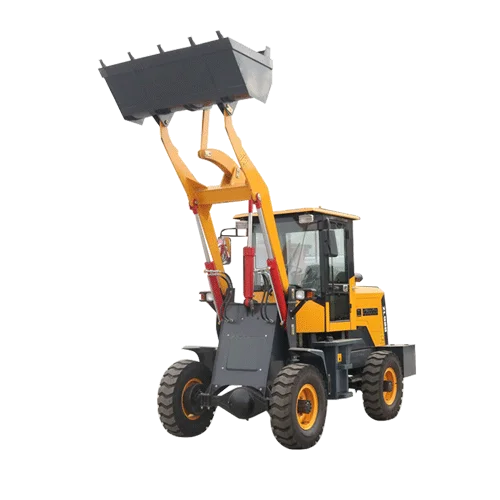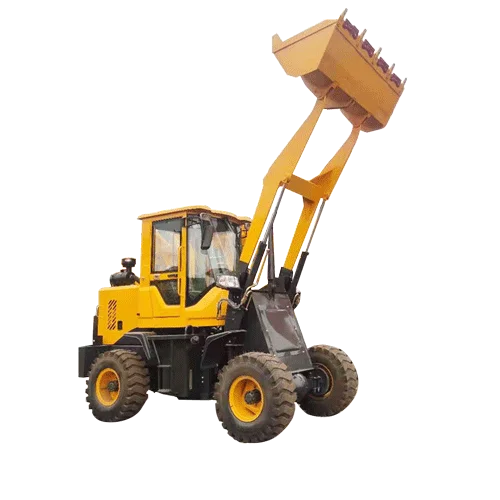Introduction

Efficient material handling is pivotal in industrial settings, driving productivity and cost-effectiveness. Hood loaders, a specialized type of conveyor system, play a crucial role in optimizing material transfer processes. This blog delves into the intricacies of hood loaders, exploring their benefits, applications across various industries, key components, real-world case studies, implementation considerations, comparisons with traditional conveyors, and frequently asked questions.
What are Hood Loader?
Hood loader, or hooded conveyor systems, are engineered to transport bulk materials efficiently while minimizing environmental impact. They feature a conveyor belt enclosed within a protective hood, which prevents spillage and significantly reduces dust emissions. This design not only enhances workplace safety by containing hazardous materials but also improves operational efficiency by ensuring maximum material transfer with minimal loss.
Advantages of Using Hood Loaders
Hood loaders offer a myriad of advantages that distinguish them from traditional conveyor systems. Firstly, they mitigate dust emissions, creating a cleaner and safer working environment. This reduction in airborne particles is particularly beneficial in industries such as mining, where dust control is critical for health and safety compliance. Secondly, hood loader minimize material spillage, which enhances operational efficiency by reducing cleanup times and material wastage. Moreover, their enclosed design contributes to lower maintenance costs compared to open conveyor systems, as components are better protected from wear and tear caused by environmental factors.
Applications of Hood Loaders
The versatility of hood loaders makes them indispensable across a spectrum of industries. In mining operations, they excel in transporting ores and minerals without the risk of spillage or environmental contamination. Similarly, in power plants, hood loader efficiently handle coal and biomass, ensuring reliable fuel supply while adhering to stringent environmental regulations. In cement plants, these systems facilitate the seamless transfer of raw materials and finished products, optimizing production processes and maintaining product quality.
Key Components of Hood Loaders
Understanding the fundamental components of hood loaders is essential for comprehending their operational mechanics. Central to their design is the conveyor belt, enclosed within a protective hood that shields the material from external elements. The drive system provides the necessary power to propel the conveyor belt, ensuring continuous and efficient material transfer. Additionally, specialized sealing mechanisms and dust collection systems further enhance the operational effectiveness of hood loader by containing dust emissions and preventing material leakage.
Case Studies: Real-World Implementations
Real-world case studies highlight the practical benefits of hood loader in diverse industrial applications. For instance, in a mining scenario, the implementation of hood loader resulted in significant reductions in dust emissions and material spillage, improving workplace safety and regulatory compliance. Similarly, in a cement manufacturing plant, the adoption of hood loader streamlined material handling processes, leading to enhanced operational efficiency and reduced environmental impact. These case studies underscore the versatility and effectiveness of hood loader in optimizing material handling operations across different sectors.
Considerations for Implementing Hood Loaders
Several factors must be considered when implementing hood loaders in industrial settings. Firstly, the initial investment cost and ongoing operational expenses should be evaluated against the potential long-term savings in maintenance and operational efficiency. Secondly, adequate space and infrastructure are essential for installing and operating hood loader effectively. Furthermore, the characteristics of the materials being transported, such as particle size and abrasiveness, should be taken into account to ensure compatibility with the design and specifications of the hood loader system.
Comparing Hood Loaders with Traditional Conveyor Systems

| Feature | Hood Loaders | Traditional Conveyor Systems |
|---|---|---|
| Dust Emissions | Low | High |
| Spillage Prevention | Effective | Moderate |
| Maintenance | Low | High |
| Environmental Impact | Minimal | Significant |
Comparing hood loaders with traditional conveyor systems reveals clear advantages in terms of dust emissions, spillage prevention, maintenance requirements, and overall environmental impact. Hood loader outperform traditional conveyors by containing dust emissions and minimizing material spillage, thereby contributing to a cleaner and safer working environment while reducing operational costs associated with maintenance and cleanup.
Conclusion
Hood loaders represent a paradigm shift in material handling technology, offering superior efficiency, reduced environmental impact, and enhanced operational safety compared to traditional conveyor systems. Their enclosed design mitigates dust emissions and prevents material spillage, making them indispensable in industries where environmental compliance and workplace safety are paramount. As industries continue to prioritize sustainability and operational efficiency, the adoption of hood loader is expected to grow, driving innovation and advancing the future of material handling technology.
FAQ
Q:What industries benefit most from hood loaders?
A:Industries handling bulk materials such as mining, power generation, and cement production benefit significantly from the use of hood loaders due to their ability to minimize dust emissions and material spillage.
Q:Are hood loader more expensive than traditional conveyors?
A:While the initial investment cost of hood loader may be higher, the potential savings in maintenance and operational efficiency often justify the investment, especially in industries where dust control and environmental compliance are critical.
Q:How do hood loaders reduce dust emissions?
A:The enclosed design of hood loaders prevents dust particles from escaping into the atmosphere during material transfer, thereby minimizing airborne dust and improving air quality within the workplace.

